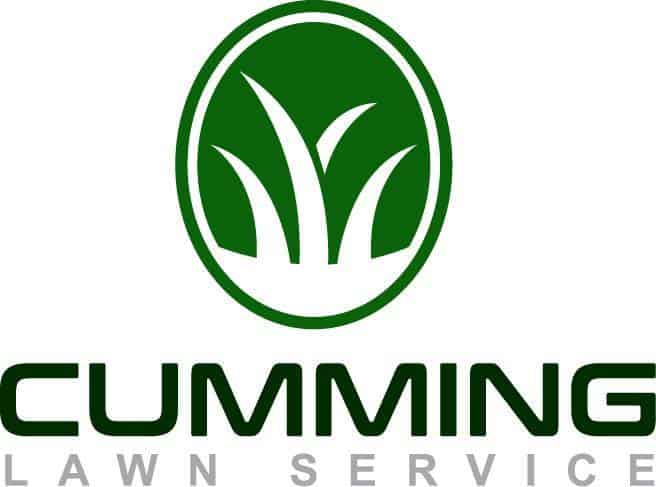When should I aerate my summer grass? Bermuda, Zoysia
For both Bermuda grass and Zoysia grass, the best time to aerate is in the spring, specifically from April through July. We sometimes start as early as mid-March for our aerating service. During this period, the soil is loosened, allowing better air and moisture circulation, which benefits your lawn. One thing I tell our clients is can you actually see the benefit from aeration. Well yes and no. You can’t see it like you can see the results of an application of fertilize a few weeks after its applied but the results of aeration are a long-term healthy lawn. Allowing for better air and moisture deeper into the root system will help in times of drought. Some will aerate summer grasses in the fall as well but its usually on a professional turf that you see this like a golf course not usually a residential lawn. It may not always be necessary to aerate every year but it is recommended at least every 3rd year.
As I had mentioned above can you see the results of aeration. Here are the benefits from aerating your lawn. Attached to these are links to more information on each.
1. Relieves Soil Compaction: Compacted soil can hinder air, water, and fertilizer from reaching the roots, leading to dead spots and thinning. Aeration reduces soil density, relieving compaction1.
2. Thatch Management: Thatch—a layer of dead grass roots and stems—accumulates in lawns. Excessive thatch robs grass of moisture and nutrients. Aeration physically removes thatch and stimulates microbial activity to break it down1.
3. Increased Nutrient Availability: Aeration allows nutrients to penetrate deeper into the root zone, making them available to the turf. It also stimulates microbial activity, enhancing nutrient availability1. 4. pH Modification: Soil pH affects growth. Applying lime or sulfur after aeration promotes pH change deeper into the soil, strengthening the root system and lawn1. 5. Thicker Lawn: Aeration stimulates root growth. For cool-season grasses, overseeding helps fill bare spots and thicken the turf, crowding out weeds1.
Walter Reeves “The Georgia Gardner said this.
The best time to aerate zoysiagrass or bermuda is in early summer, when the grass is growing rapidly. On very compacted soils, aerating twice a year would not be out of the question. Apply fertilizer and water after aerating so the turf recovers rapidly.
Aeration is the process of mechanically poking thousands of holes in the soil. This allows water, oxygen and nutrients to better penetrate to the roots of your grass. Motorized aerator machines can be rented from hardware or tool rental stores.
>The best aerator is one having hollow tines (spoons) which pull up plugs of earth as the machine travels along.
>Solid-tine spike aerators pulled by lawn tractors are of little benefit.
>Use a criss-cross pattern. First direct the machine over the entire lawn, going back and forth in one direction. Second, direct the machine back and forth at right angles to the first series of trips.
>Examine a square foot area of the lawn. It, and every other square foot, should have at least 12 holes in it. If not, crank up the machine again!
>If the plugs of soil on the surface are objectionable, let them dry a few days, then drag a 5′ by 5′ piece of carpet across the lawn to pulverize them.
Anyone who has wielded a shovel in Atlanta knows that the soil usually contains a lot of clay. The tiny clay particles are easily packed tightly together by rain and foot traffic. After a hot Southern summer, the earth can seem like it is made of bricks!
The soil under a lawn becomes harder and harder as the years pass. It is rained on, walked on, played on and mowed regularly. Digging up the whole lawn to soften the soil is usually out of the question. What can be done to loosen the earth in a lawn while avoiding extreme damage to the lawn grass?
The answer is to “aerate” the lawn – using a rented machine (an aerator) which pokes holes in the ground and loosens it. The holes allow oxygen and water to penetrate more deeply. This causes roots to go deeper, making the lawn more resistant to drought and disease.
You can read the whole article here https://www.walterreeves.com/lawn-care/zoysia-aerating/

